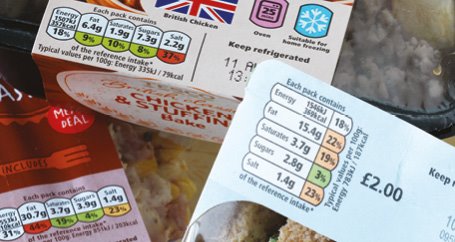Food labels are like a roadmap to the nutritional content of the foods we eat. However, understanding them can sometimes feel like deciphering a foreign language.
In this article, we’ll guide you through reading food labels step by step, helping you make informed choices about the foods you buy and eat.
Start with the Serving Size:
-
- The serving size is the first piece of information you’ll see on a food label. It tells you the recommended portion size for that particular food.
- All the other information on the label is based on this serving size.
- Compare the serving size to the amount you actually eat to determine how many calories and nutrients you are consuming.
Check the Calories:
-
- Calories are a measure of the amount of energy provided by a particular food.
- The number of calories per serving is listed prominently on the food label.
- Pay attention to the calories per serving, especially if you are trying to manage your weight.
Examine the Nutrients:
-
- The next section of the food label lists the nutrients found in the food, including fat, cholesterol, sodium, carbohydrates, fiber, sugars, and protein.
- Nutrients are listed in grams or milligrams and as a percentage of the recommended daily intake based on a 2,000-calorie diet.
Understand % Daily Value:
-
- The % Daily Value (%DV) tells you how much a nutrient in a serving of food contributes to a daily diet.
- The %DV is based on a 2,000-calorie diet, so your daily values may be higher or lower depending on your calorie needs.
- Use the %DV to quickly determine whether a serving of food is high or low in a particular nutrient.
Decode Nutrient Claims:
-
- Food labels often contain nutrient claims like “low-fat,” “high-fiber,” or “reduced-sodium.”
- These claims are regulated by the FDA and must meet specific criteria to be used on food packaging.
- Understanding what these claims mean can help you make healthier choices at the grocery store.
Conclusion
Reading food labels is an essential skill for making informed choices about the foods we eat. By understanding serving sizes, calories, nutrients, %DV, and nutrient claims, you can make healthier choices that support your overall health and well-being.
Take the time to read and understand food labels, and you’ll be well on your way to a healthier diet.

Leave feedback about this